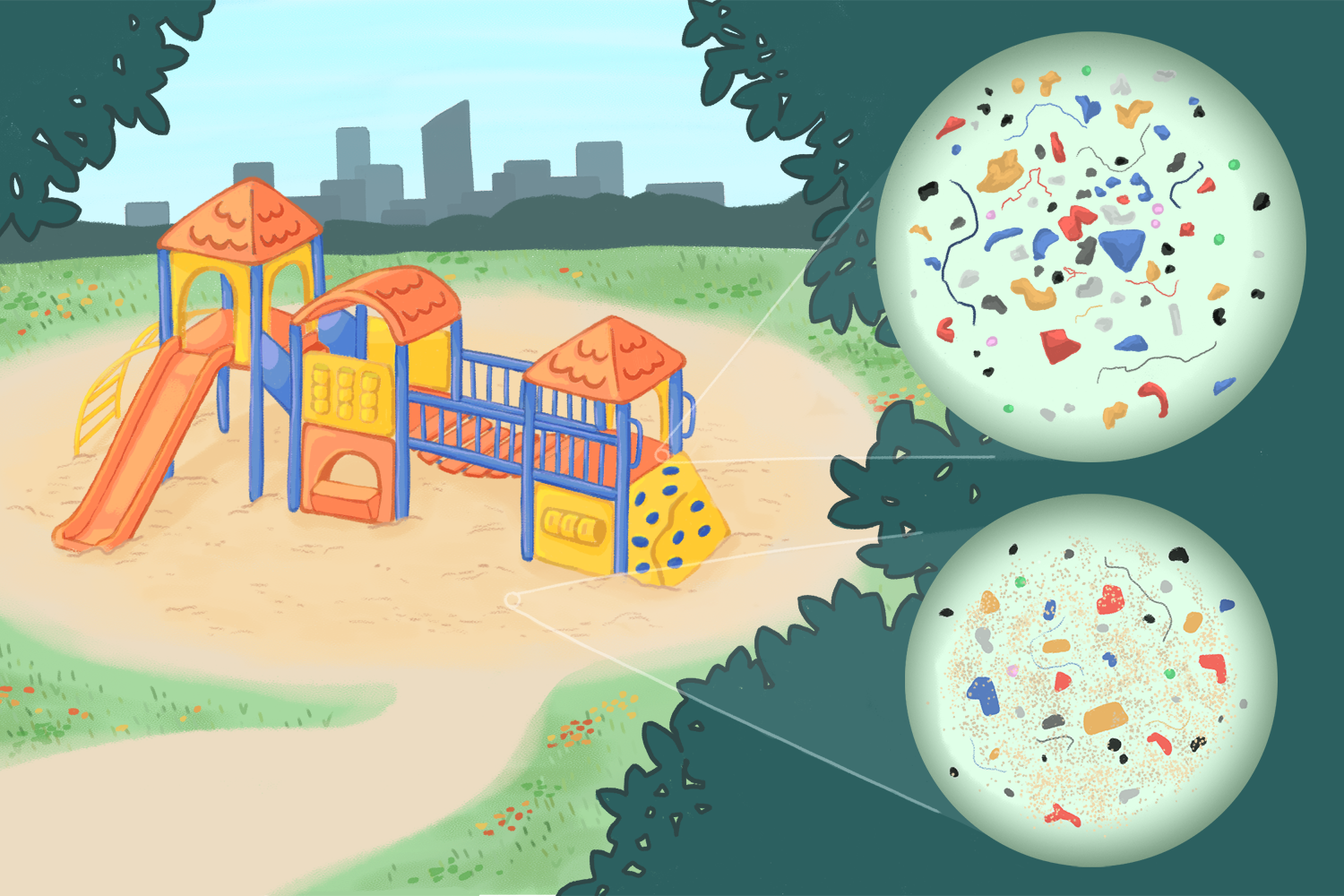UCLA study identifies traits shared by birds in urban environments

(Ayumi Bergan/Daily Bruin)
By Caroline Sha
May 24, 2023 12:16 a.m.
UCLA researchers found that urban birds share common characteristics that may help them adapt to urban environments.
The study, which was published May 8, found that birds in urban areas tend to be associated with certain traits such as smaller body sizes, more generalized diets and a larger number of eggs laid, said Morgan Tingley, a co-author of the study and an associate professor of ecology and evolutionary biology. These traits increase urban tolerance; for example, laying a larger number of eggs is better than having a smaller clutch of more specialized birds that may not be as well-adapted to an urban environment, said Montague Neate-Clegg, the study’s first author and a postdoctoral scholar in Tingley’s lab.
The study also identified birds such as sparrows and swallows that are common to many urban areas, including Los Angeles, Neate-Clegg said. Ellis Song, a fourth-year ecology, behavior and evolution student, said she has seen multiple of these species, including band-tailed pigeons and house sparrows, while birdwatching on her own in LA.
However, Tingley said the strength of these associations with urban areas varies across different regions of the world.
In temperate areas, birds with diverse diets were more likely to be associated with urban areas, Neate-Clegg said, whereas in tropical regions, a species’ ability to survive in a range of habitats was a better predictor of urbanization. He added that this may be because tropical species are usually dependent on rainforests, and a loss of that habitat through urbanization could result in an advantage for species that can live in more general environments, while the scarce food resources in temperate cities could give birds with varied diets an advantage.
Neate-Clegg said the idea for the study came about during a trip to Alaska, where he realized that the birds common to that state were difficult or impossible to find where he lived in Utah. This variation led him to wonder what traits allowed the birds to live in Anchorage as opposed to other areas, he said.
“You have to go out of your way to see these species, but in the Airbnb in which I was staying in Anchorage, they were in the yard,” Neate-Clegg said. “They were new birds for me, and I thought that was very cool.”
To acquire data for the study, the researchers used eBird, a community science data platform that contains more than one billion records of bird sightings by birdwatchers around the world, Neate-Clegg said. By using nighttime light emission data as a measurement of a location’s urbanization, the researchers then calculated a light value for each eBird entry and the average for each species, classifying species with larger light values as more urban-associated, he added.
Nearly 4,000 birds were included in this study, a scale that was only possible through the use of citizen science databases, Tingley said.
The eBird data was then combined with information about each species’ traits, Tingley said, adding that scientists have only recently begun to systematically categorize such information in databases.
Tingley said the study holds important implications for conservation efforts, as one challenge is retaining species that are less urban-associated in urban areas. By understanding what traits make bird species more suited to urbanization, conservation initiatives can be better planned to target the needs of certain species in specific cities, he added.
Other research has shown that there can also be trait differences between urban and nonurban populations within the same species, Song said, adding that this provides further data on urban-associated bird traits.
Neate-Clegg said this study could also help scientists identify which species are least suited to urban areas, which could inform plans for creating green spaces to protect these birds.
“Los Angeles is one of those places where we actually know a lot about what species occur there and what don’t, but we might not know as much about what species occur in urban areas in many parts of the world,” Tingley said. “And so without that data, these type of studies can provide a bit of the roadmap.”






